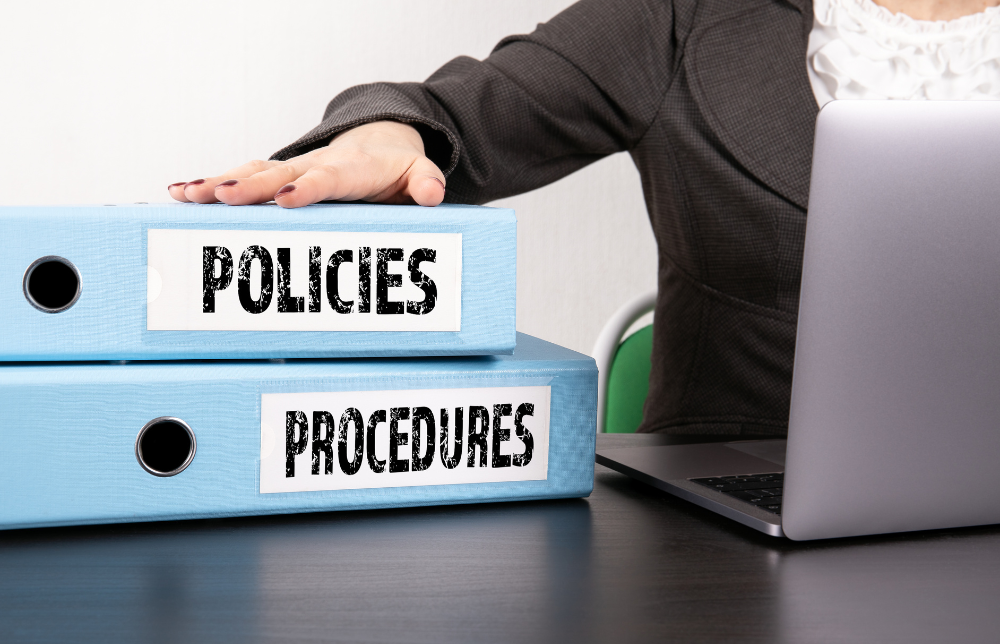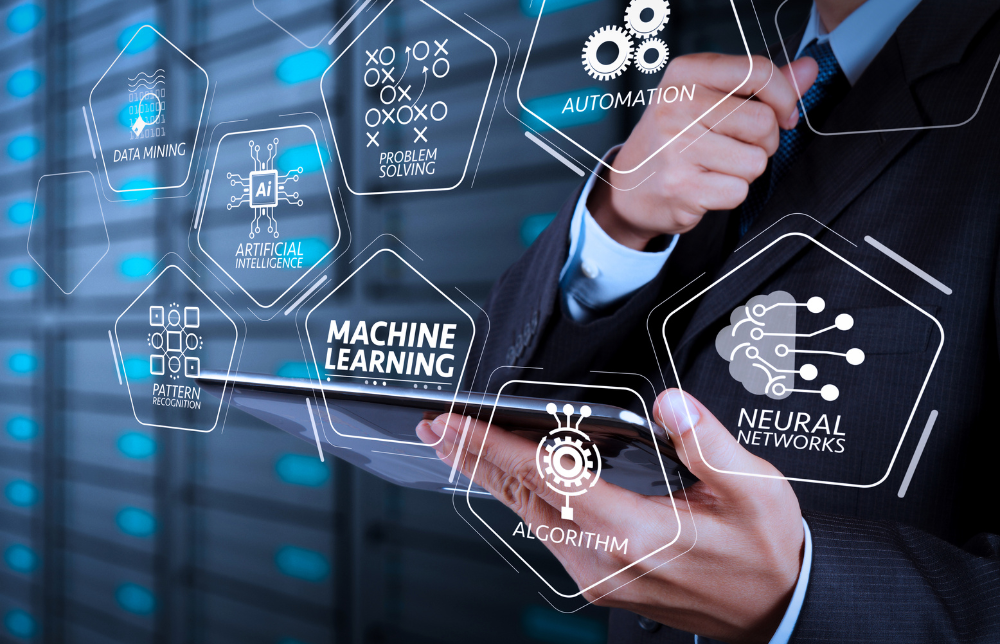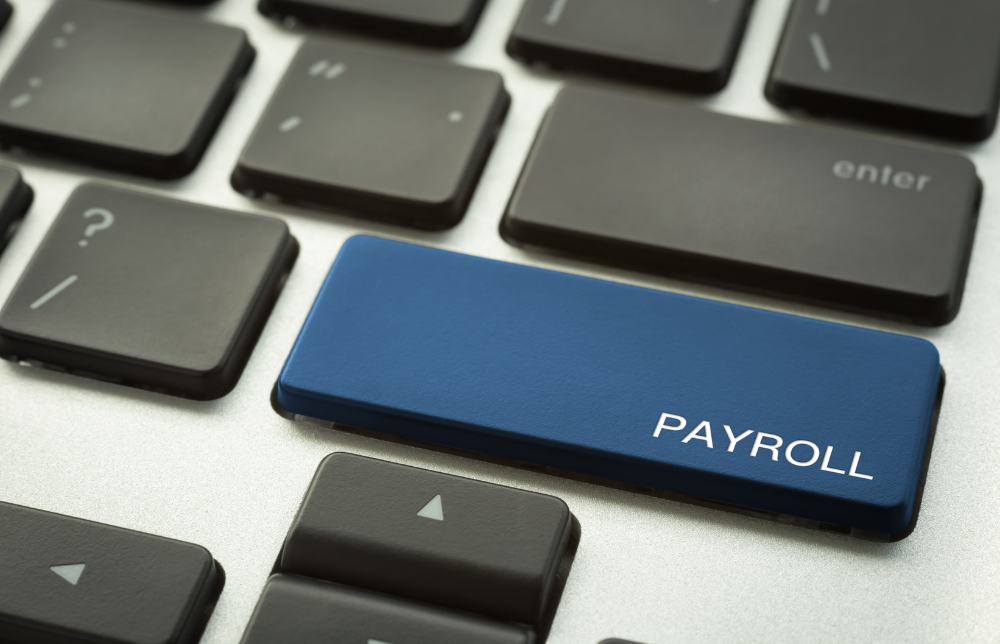How to Maintain Wellbeing in the Workplace as a Top Priority in 2022
As we kick off the New Year, HR leaders are looking ahead at the next 12 months to come. We ended 2021 with a sense of relief, pleased to have ...

As we kick off the New Year, HR leaders are looking ahead at the next 12 months to come. We ended 2021 with a sense of relief, pleased to have made it to the end of another year-long ‘coronacoaster’. Instead of the post-pandemic period many business leaders had hoped for, 2021 was another lesson in expecting the unexpected.
The Delta variant, and then the Omicron follow-up, reminded us that COVID-19 is far from over. But as we head into 2022 with promising vaccination rates under our belts, it’s time to think about how HR leaders can encourage a strong year of recovery for their organisations without putting employee wellbeing at risk.
What is employee wellbeing?
Different to occupational health and safety, employee wellbeing is a more holistic term which incorporates whole-person health. It includes the physical, mental, social, and financial aspects of an employee’s overall wellbeing, acknowledging that all of these factors play a role in living well.
Why is wellbeing in the workplace important?
To put it simply, employees aren’t robots. To be productive at work, employees need to be in good health. But more than that, the pandemic has really driven home the impact that our work has on our wellbeing. Many people brought their work into their homes for the first time and as a result, found themselves working longer hours and struggling to switch off. The experience has highlighted the responsibility employers have to create a healthy environment, regardless of location.
Employee wellbeing, both physical and mental, was a top priority in 2021 – and rightly so. Almost 90% of the respondents in ELMO’s 2021 HR Industry Benchmark Survey said employee wellness was a high or medium priority, a 15% rise from 2019. Employee wellness also saw the second biggest increase in investment, with 34% of respondents reporting their budget had risen from the previous year.
It’s clear employee wellbeing is a top priority, but now the question is how do HR leaders keep it there?
Calculate the return on investment (ROI) of employee wellbeing
There is a wealth of data out there to show the dollar value of investing in employee wellbeing in the workplace. When putting together a business case, this type of data is invaluable.
A 2014 study by PwC Australia, in conjunction with Beyond Blue, calculated that every dollar spent on effective workplace mental health actions may generate $2.30 in benefits to an organisation[1]. That figure is supported by a more recent study of mental health programs among Canadian businesses. Based on real-world experiences and analysis of company data, the research by Deloitte calculated median ROI at CA$1.62 for every dollar spent for organisations with at least three years’ worth of data. The ROI rose to CA$2.18 for organisations that had mental health programs in place for more than three years.
Organisations can start to measure the ROI by taking stock of their baseline data. ROI metrics include:
- Absenteeism rate
- Presenteeism rate
- Employee retention rate
- Employee turnover rate
- Employee assistance program (EAP) usage
Other sources of feedback, such as engagement or pulse surveys and exit interviews, are also an opportunity to ask staff how they are feeling and measure the level of stress and burnout. It’s important to remember that a positive ROI takes time, especially when it involves employee wellbeing. Don’t expect results overnight, as effective wellbeing programs are a long-term investment.
Read more: What is the Return on Investment of Your EX?
Check in with your people
This year, HR leaders need to keep their finger on the pulse when it comes to employee wellbeing. COVID-19 is far from over, and the uncertainty of the last two years will continue to impact mental and physical wellbeing.
Conduct regular employee engagement surveys to find out how staff are coping, both in terms of the workplace, and their wider environment. Engagement surveys can be conducted quarterly, bi-annually or annually, and tend to be longer and more in-depth. On the flipside, pulse surveys are designed for a shorter cadence and are useful for capturing the sentiment of a moment in time, such as just after a lockdown.
Whether you’re using pulse or engagement surveys, be sure to follow up feedback opportunities with acknowledgement or action. Communicate transparently with staff, highlighting any common threads and plans to address issues. Closing the feedback loop is vital, otherwise employees will become frustrated by the lack of action and survey participation will eventually drop off.
Using software makes it easy to create surveys and safely store employee data. ELMO Survey enables organisations to conduct, manage and analyse the data produced via surveys throughout all points of the employee life cycle, as well as instantly generate reports, compare data, and track trends.
Read more: How to Preserve Employee Wellbeing Within a Hybrid Working Environment
Build a wellbeing culture
Healthy wellbeing starts from the top. Build a company culture that cares about employee wellbeing by encouraging leaders to be positive role models. That could mean opening up about their own experiences with physical or mental illness, or demonstrating the importance of time off.
It sounds simple – and it is. For example, if leaders and managers foster a culture where lunch breaks are encouraged, employees know they are safe to step away from the screen for an hour. Similarly, organising exercise classes or encouraging staff to go to lunch together is another way to promote breaks. It’s all too easy for employees to fall prey to the ‘always on’ culture – especially while working remotely.
Instead, HR should encourage leaders and managers to leave loudly. Whether they’re going away on holiday or just switching off their computer for a few days, it’s important to normalise rest and recovery.
In 2022, burnout will continue to be a risk for employees. That’s why encouraging staff to take adequate rest and time away from the office is going to be crucial.
ELMO Software is a cloud-based solution that helps thousands of organisations across Australia, New Zealand and the United Kingdom to effectively manage their people, process and pay. ELMO solutions span the entire employee lifecycle from ‘hire to retire’. They can be used together or stand-alone, and are configurable according to an organisation’s unique processes and workflows. Automate and streamline your operations to reduce costs, increase efficiency and bolster productivity. For further information, contact us.
[1] Creating a mentally healthy workplace: Return on investment analysis, PwC, 2014
 HR Core
HR Core 









